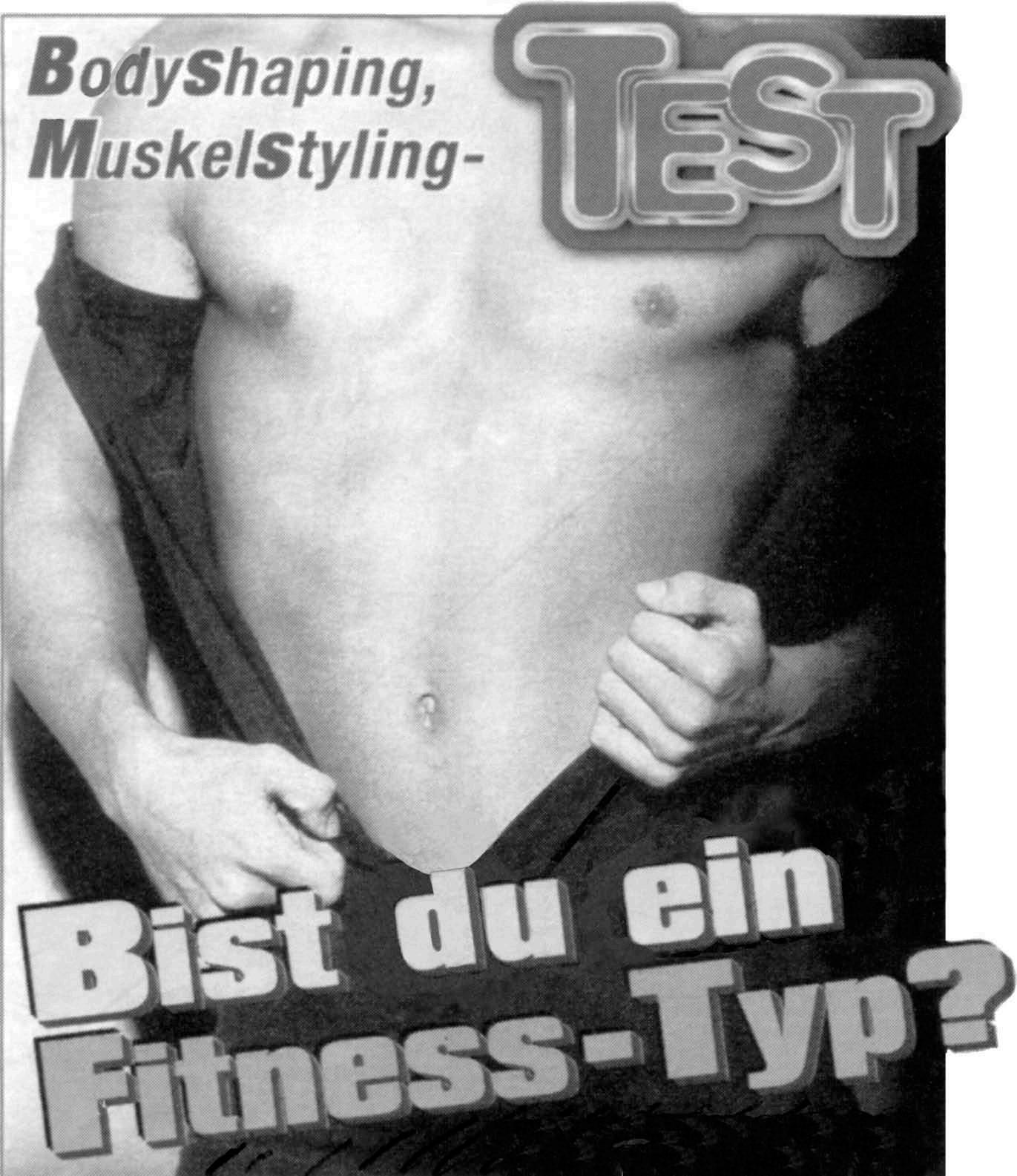8.10 Predicate complements
135
Common verbs used with a direction complement are: fahren fallen fliegen fließen gehen kommen
go (by transport) fall fly flow go come
kriechen reisen rennen sinken springen steigen
creep, crawl travel run sink jump climb
NB The above verbs are all INTRANSITIVE verbs of motion, which can also be used with sentence pattern A. They form their perfect tenses with sein (see 6.7), and all these common verbs are strong or irregular (see 6.11).
Some other verbs have a direction complement and additionally an accusative object (sentence pattern L). These are typically verbs which express the idea of putting or taking something somewhere: Er legte das Buch auf den Tisch. Sie hat den Stein in den Bach geworfen. Sie brachte ihn nach Hause.
He put the book on the table. She threw the stone into the stream. She took him home.
Common verbs used in this way are: befördern bringen hängen heben legen schicken
convey take, bring hang lift lay send
schieben setzen stellen tragen werfen ziehen
push set, place stand, place carry throw pull
NB Some verbs correspond to others that are used with a place complement, e.g. compare legen with liegen and stellen with stehen. Hängen can be used with a place complement or a direction complement, e.g. Ich hänge das Bild an die Wand (acc.), Das Bild hängt an der Wand (dat.).
8.10 Predicate complements A few verbs have a predicate complement which describes the subject (sentence pattern M). This may consist either of a NOUN PHRASE in the nominative case, or of an ADJECTIVE. Such verbs are called COPULAR VERBS because they typically link two nouns which are both in the NOMINATIVE case (see section 1.6). The most important ones are sein and werden. Other verbs used in this way are bleiben, heißen and scheinen: sein werden bleiben heißen scheinen
Der Song ist der Hit des Jahres. Das Buch ist langweilig. Er wird Automechaniker. Er bleibt mein Freund. Der Roman heißt „Der Prozess“. Der Bericht schien unglaubwürdig.
The song is the hit of the year. The book is boring. He is going to be a car mechanic. He remains my friend. The novel is called ‘The Trial’. The report seemed implausible.
NB werden is here used not as an auxiliary verb but as a main verb meaning ‘become’. It can also be used with the prepositional object zu (see 8.7). NB scheinen tends to be used with an infinitive clause, e.g. Es scheint heute kalt zu sein. It can also be used intransitively or with a direction complement, with the meaning ‘shine’.










